Rickenbacker 325 Guitar (1/3)




A faithful reproduction of John Lennon's Rickenbacker, but built as a Danelectro. Masonite over hollow plywood body. Poplar neck. Passive electronics with active distortion on the fifth knob.
The first poplar neck I built for this was weak at the headstock and bent over from the string tension, so I built a second one stronger. Both use fixed steel truss rods. I never built another poplar neck, maple is the best choice. Note the incomplete set of dot markers. This is authentic. I guess Rickenbacker was having a shortage.
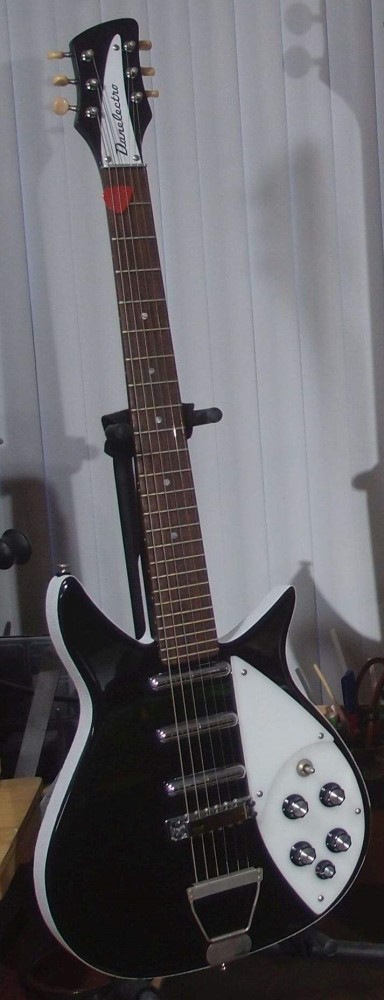
The entire guitar was originally finished in black nitro, which got ruined simply by existing. I stripped off all the lacquer and refinished it in black polyurethane, tough as nails.

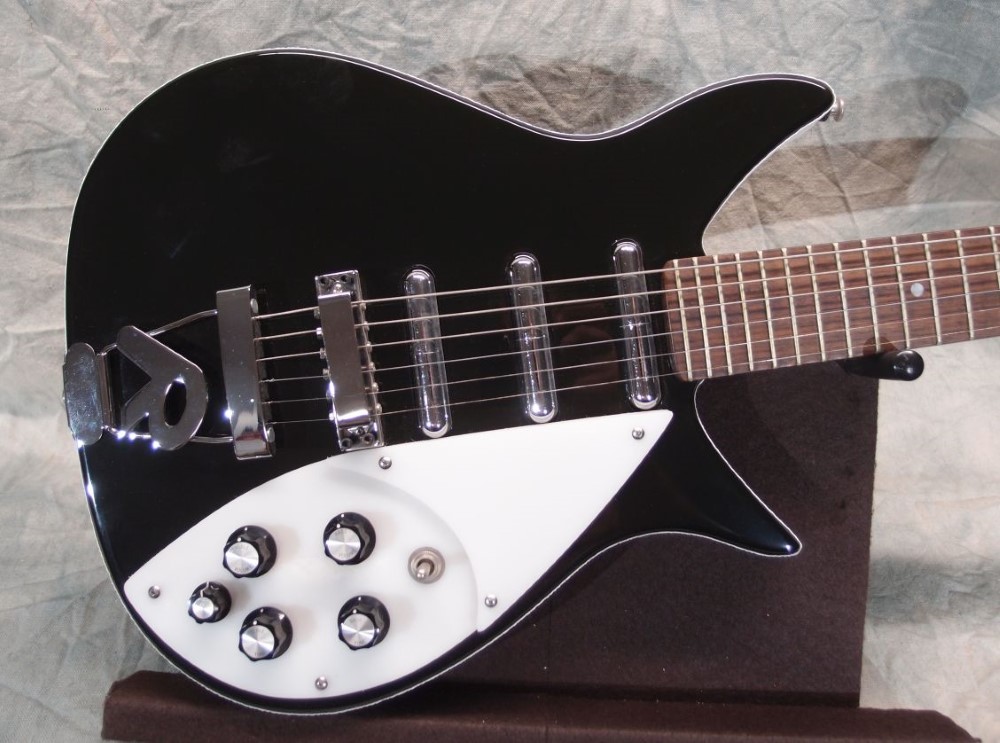
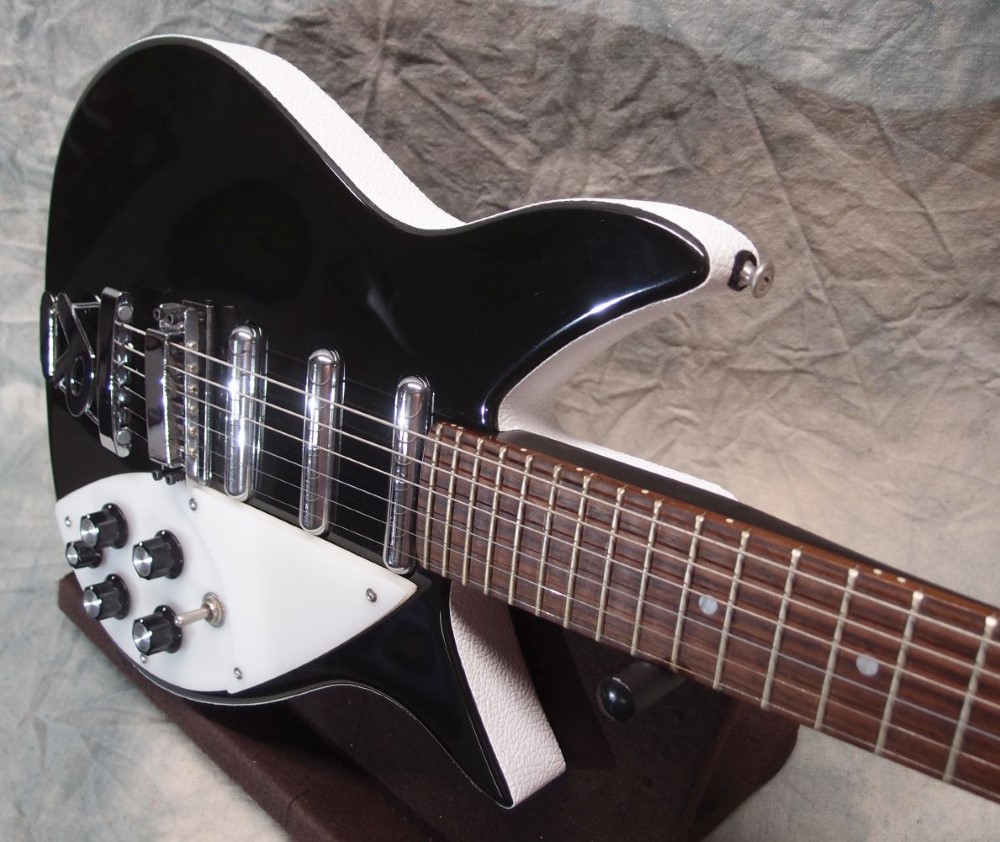
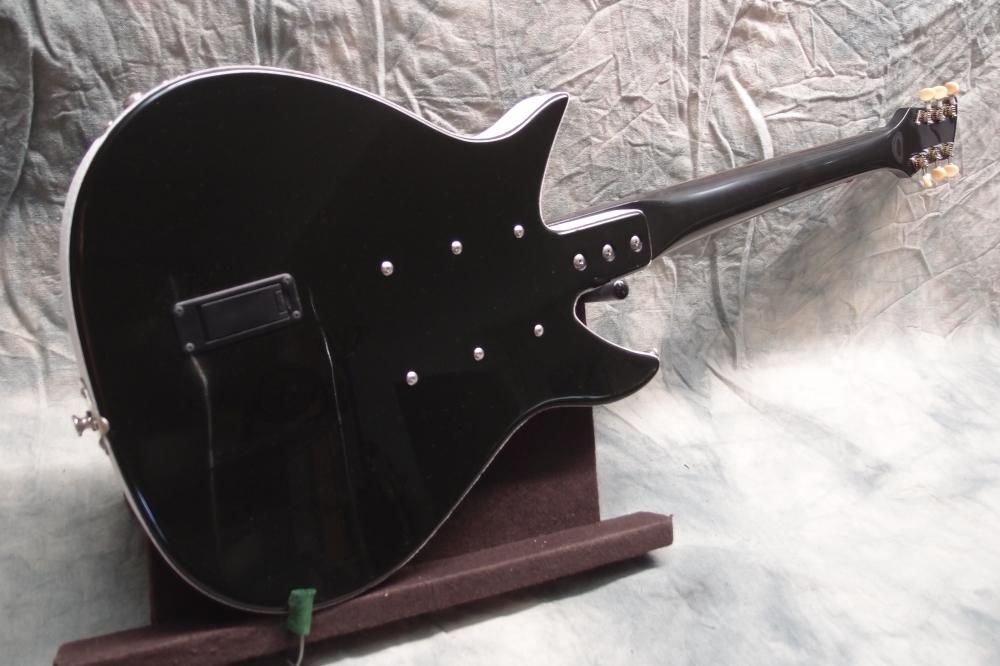

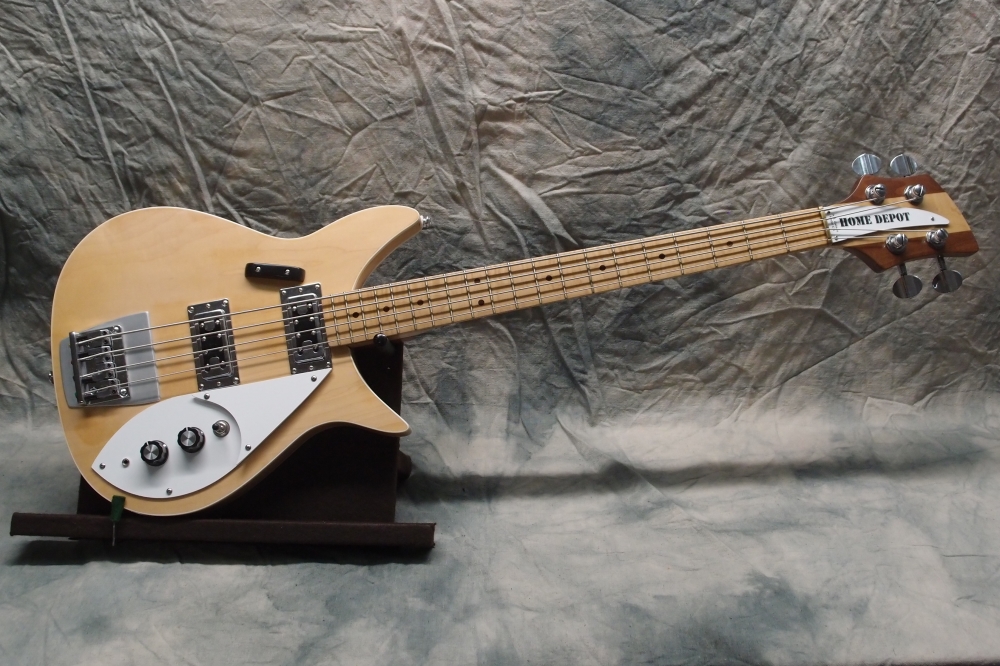
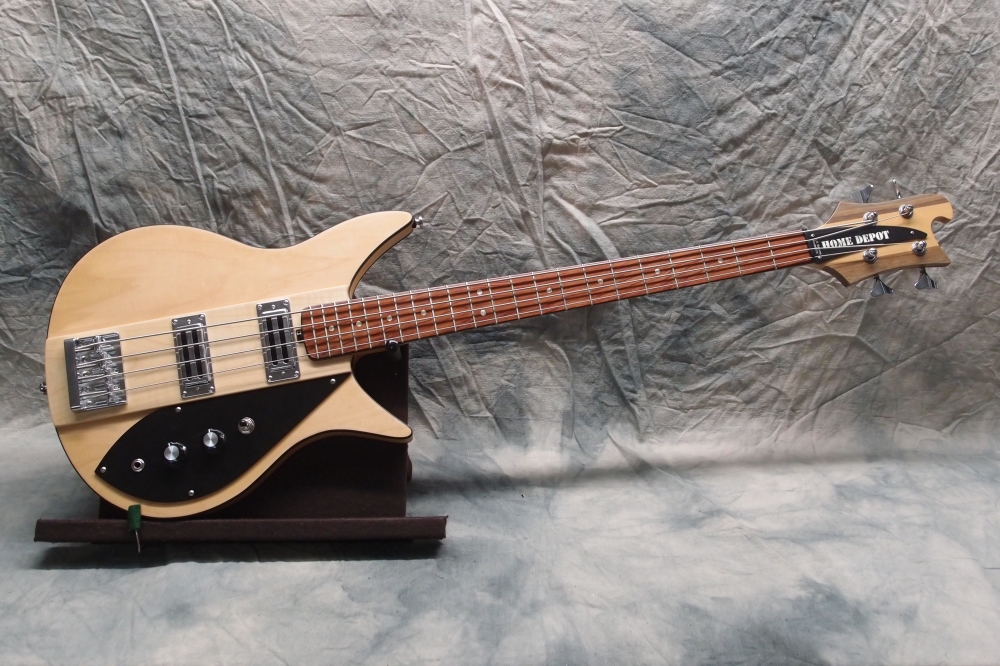
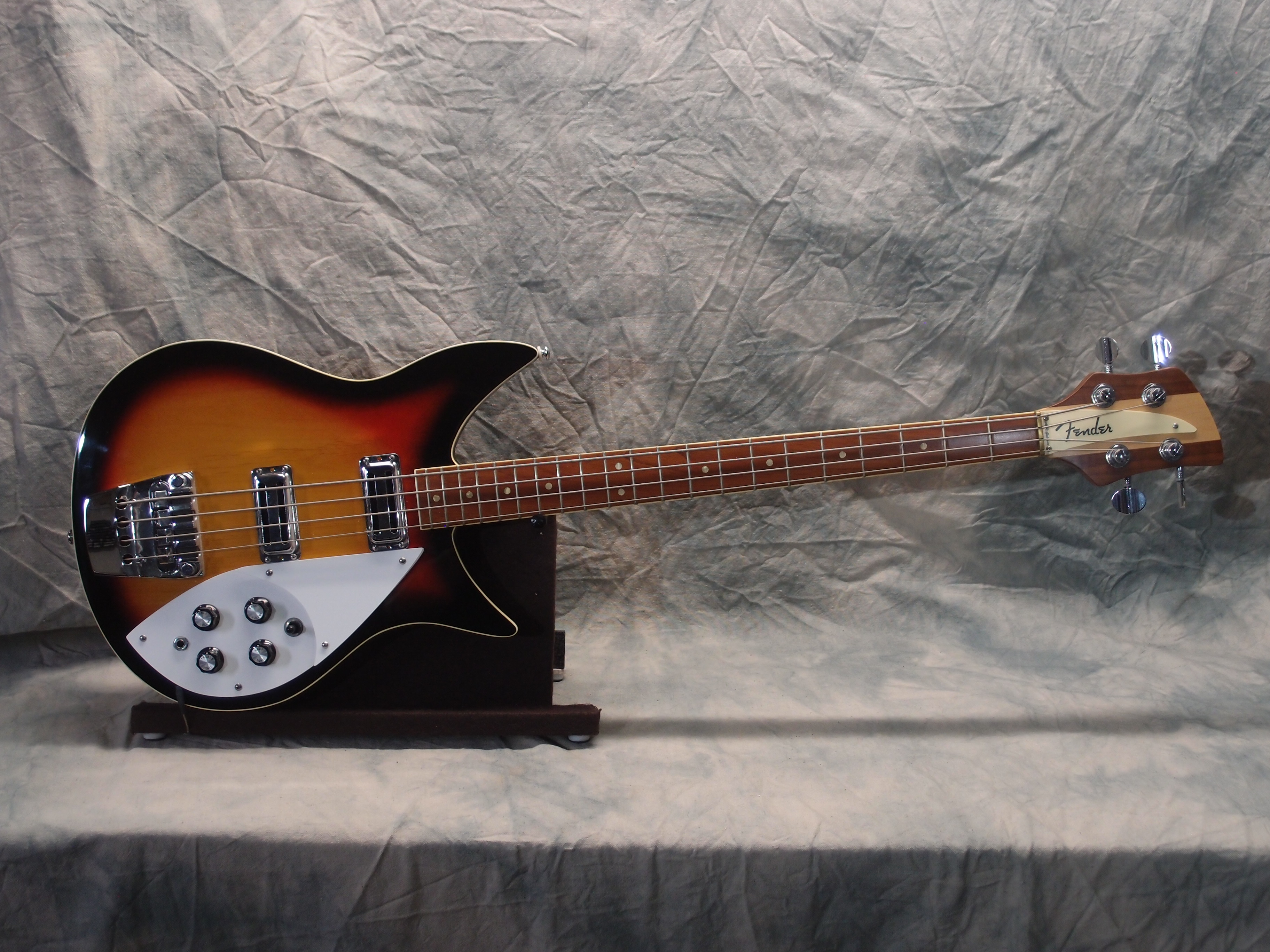
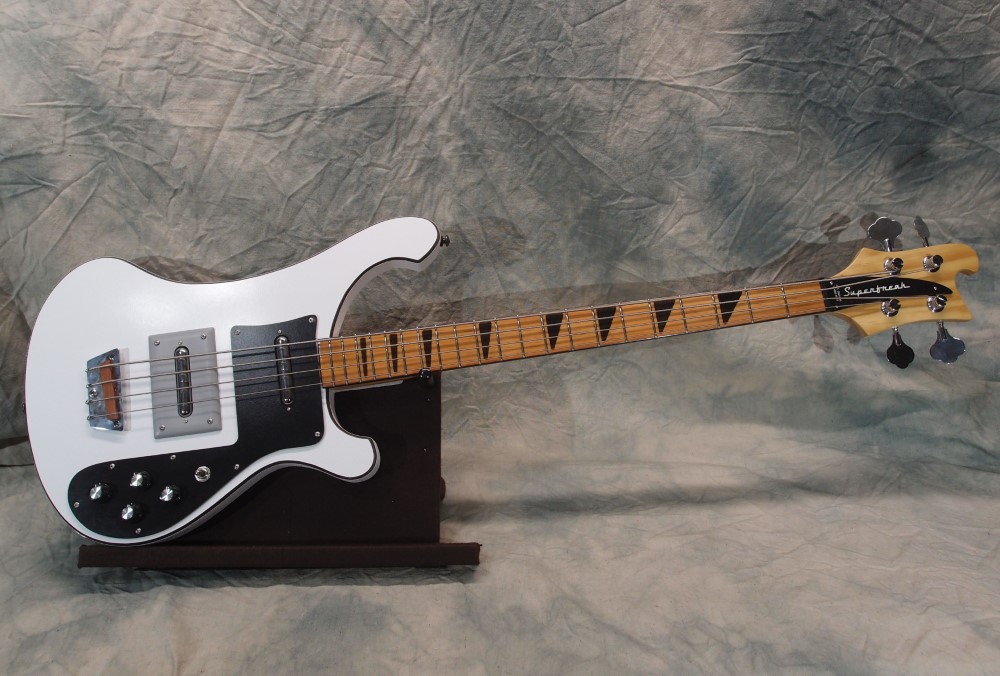
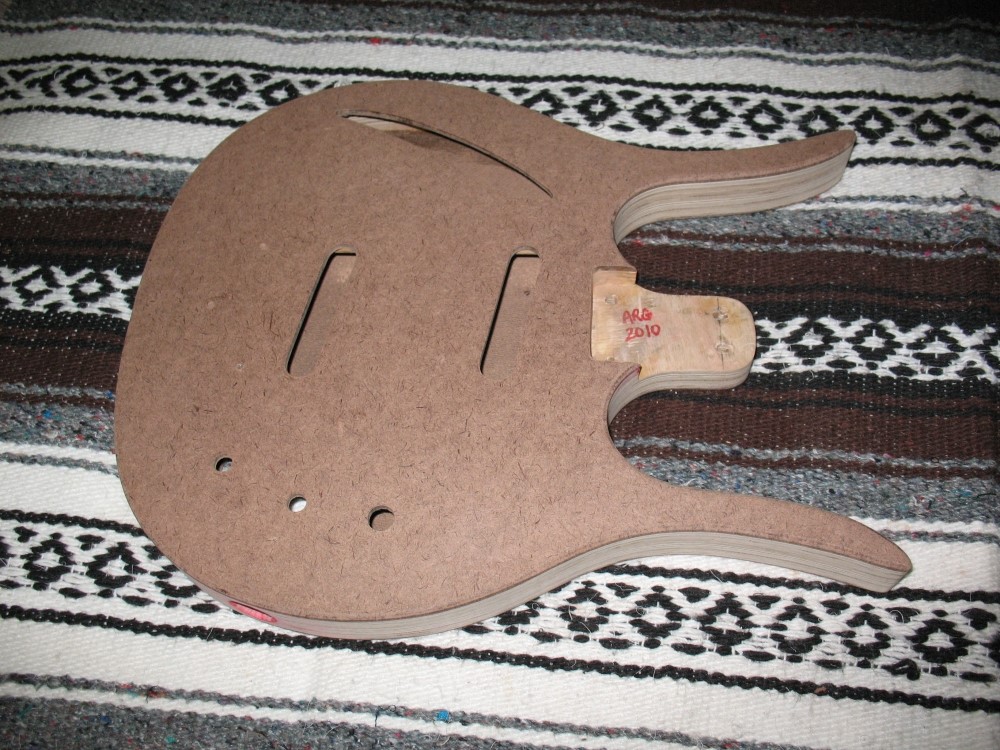
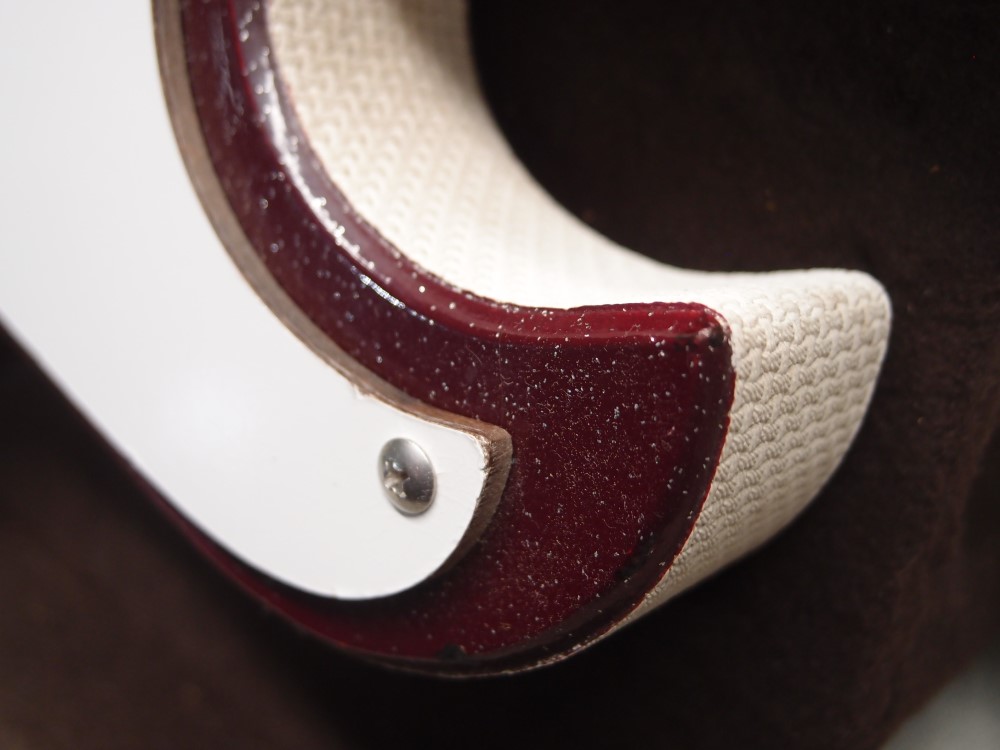
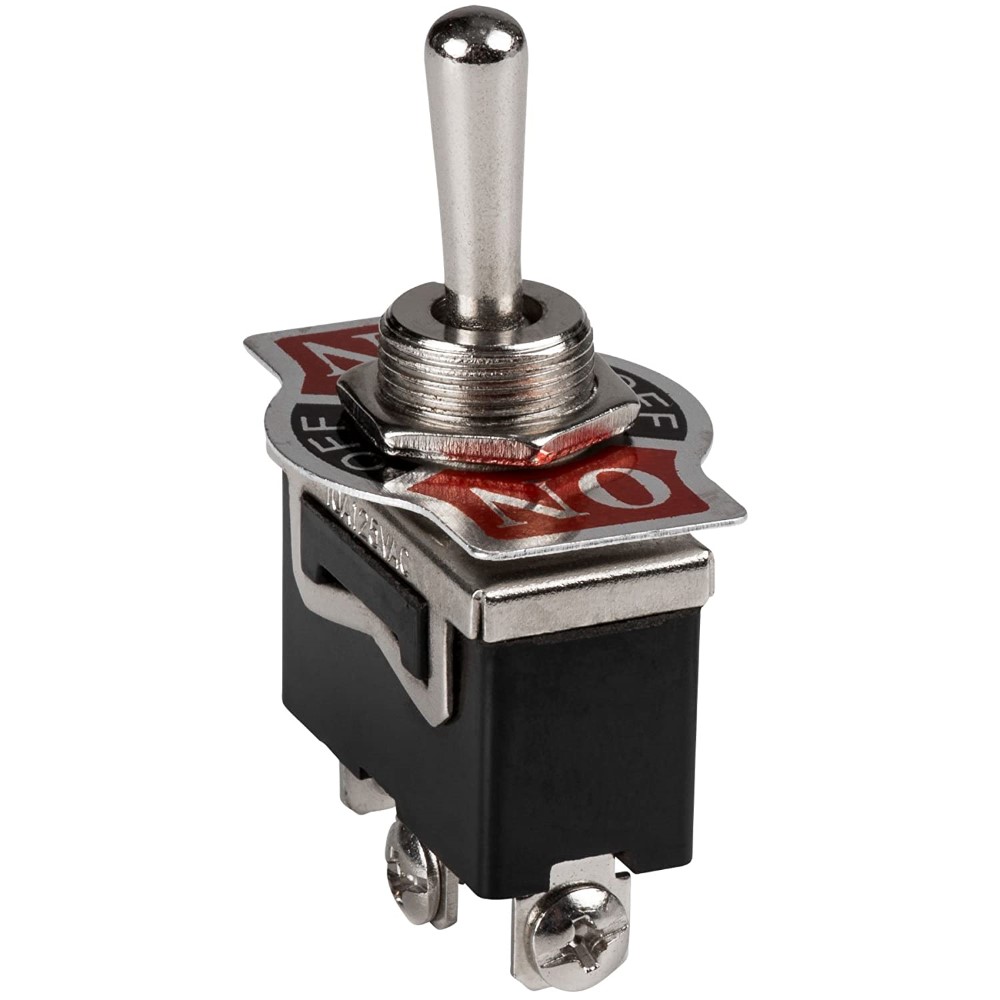
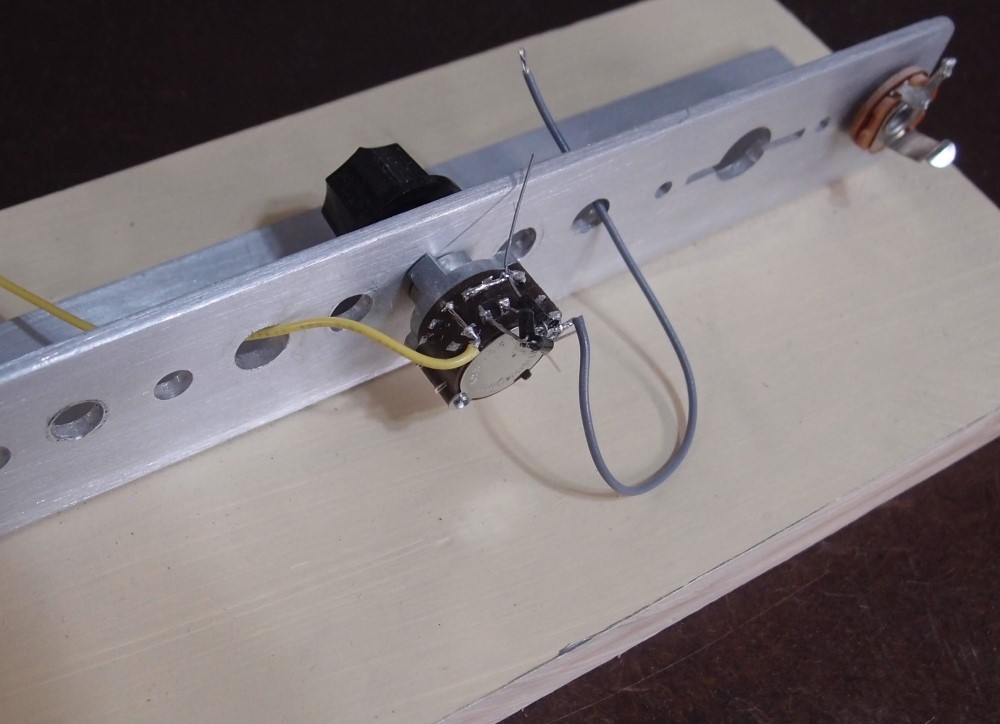

Questions or Inquiries?
Just want to say Hello? Sign the .